The best iPhone VR apps: lose yourself in a virtual world
iOS apps to take you on an immersive adventure
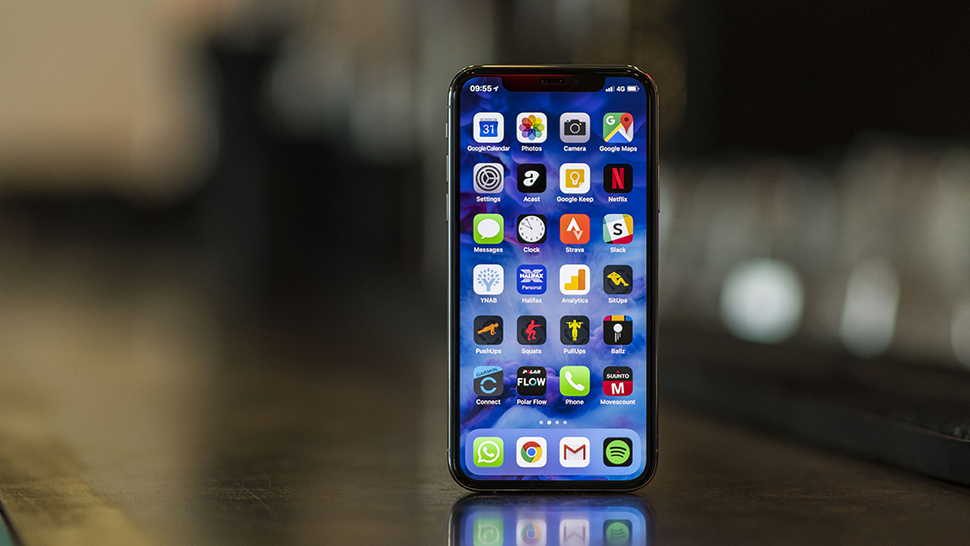
Apple doesn’t make a virtual reality (VR) headset yet, although we know it’s been experimenting with the technology for years. But that doesn’t mean you need to wait for iGlasses in order to enjoy VR apps on your iPhone.
There are plenty of iPhone VR apps in the App Store, and provided you’re wearing a suitable headset you can have all the fun of VR with iPhones from the iPhone SE onwards.
The cheapest entry point to VR is Google Cardboard, but if you’re feeling flush the Zeiss VR One offers a much more premium experience.
Whatever headset you opt for, it’s just a matter of slotting in your iPhone, sticking it on your face and enjoying the ride. Here are the VR experiences you’ll want to check out first.


Google Cardboard
Why you can trust TechRadar
Free
The Google Cardboard app does two things. It shows you how to set up your Google Cardboard headset correctly, and it includes five VR experiences that give you a flavour of what phone-based VR can deliver.
Those experiences’ names give you a pretty good idea what to expect, so for example Explorer enables you to explore virtual places, Exhibit shows you around a virtual museum, Urban Hike is a walk through various world cities and Arctic Journey, which enables you to relax underneath the Northern Lights or create your own flower garden. There’s also Kaleidoscope, which breaks the mould by having nothing to do with kaleidoscopes. We’re kidding. It’s a kaleidoscope.
The real-world images of places such as the Eiffel Tower have the most obvious ‘wow’ factor, but it’s the imaginary ones that are often more fun: for all its engineering excellence the Tower really needs to be seen in the metal to appreciate just how mind-bogglingly big it is.

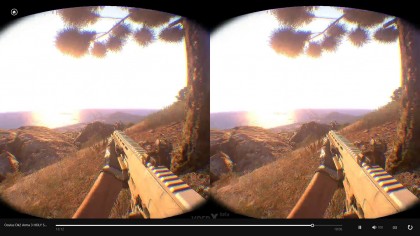
YouTube
Free
Cardboard isn’t the only Google property that’s doing things in VR. The main YouTube app is doing it too. It has a VR mode that enables you to do two things: enjoy 360-degree videos in full VR, or experience normal videos on a virtual screen.
If you’ve used a PlayStation VR you might have encountered that second option already: like on PSVR the effect is rather like trying to watch a flat-screen TV that somebody’s stuck on a wobbly spike.
While the novelty of watching YouTube on a virtual screen wears off quickly, there’s tons of really good stuff to watch on the Youtube Virtual Reality Channel. Do you want to get up close with Maroon 5? Of course you don’t. Nobody does. But you don’t have to. You can experience skydives and Porsche driving, wild river kayaking and indie bands’ front rooms. As with all YouTube channels there’s some awful stuff there, but there are some real gems too.

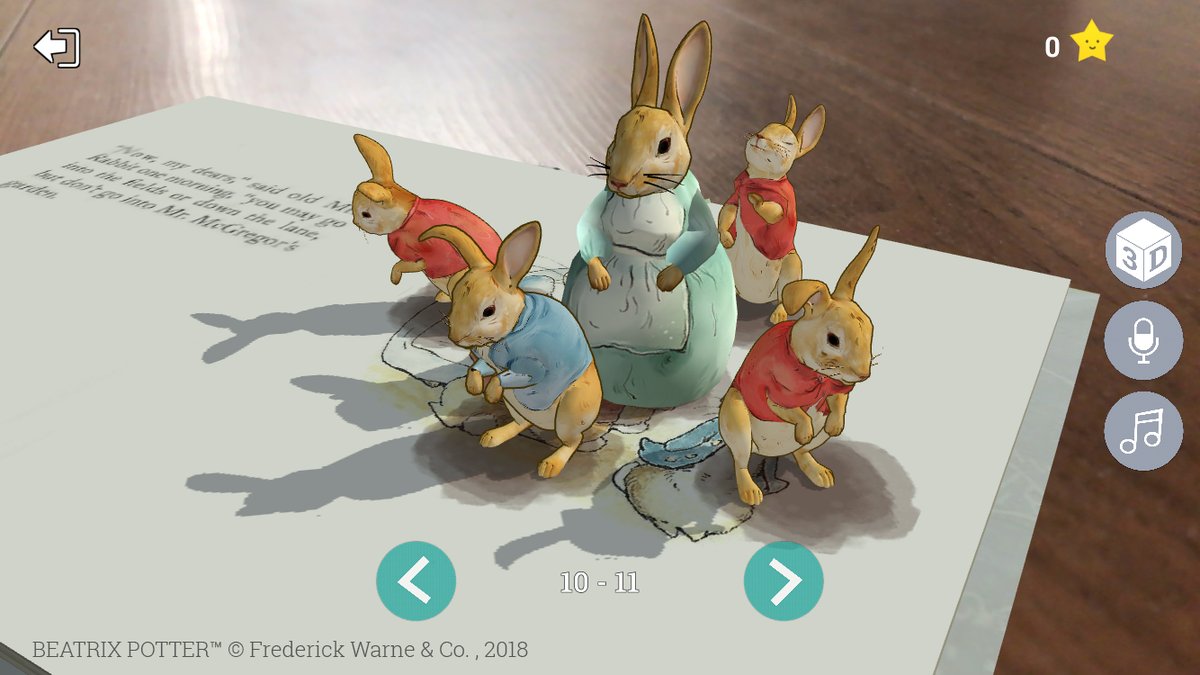
Bookful
Free (in-app purchases)
This one is augmented reality rather than virtual reality, but it’s so good we wanted you to know about it. Bookful presents beautiful books over whatever your camera sees, and those books are both three-dimensional and interactive – so pop-up books really pop, enabling you to swipe and zoom and tap to explore the story. Many of the books also come with augmented reality games, enabling you to have fun playing space golf on the surface of Mars, which just happens to be on top of your sofa.
Although the app isn’t aimed specifically at children it’s the kids books that really shine on the platform: even the most familiar tales such as Jack and The Beanstalk feel shiny and new in Augmented Reality, and the mini-games aren’t going to keep adults entertained for too long. For parents, though, Bookful is a really great augmented reality app.


Google Street View
Free
Remember when Google Street View made you feel like some kind of spy, wandering through streets from the comfort of your chair? Now you can feel like some kind of spy with a phone clamped to their head.
The dedicated Street View map has a Cardboard Mode – the icon appears when you rotate your phone into landscape mode – that enables you to experience Photo Spheres in virtual reality. That means you can use your VR headset to mooch around Machu Picchu, traipse around the Taj Mahal, bounce around Bora-Bora and see any city you fancy.
It’s good fun and potentially useful for planning travel: there’s something about seeing a place in 360-degree glory that makes it more interesting than scrolling around the same thing in two dimensions. It’s just a shame that, like the rest of Street View, the imagery isn’t live. That would feel like teleporting.

Inception: VR and 360 Videos
Free
From the same developer as the superb Bookful augmented reality app above, Inception delivers “virtual reality experiences”. It’s a small collection so far but what’s there is very impressive: there’s a VR music video featuring Mac Demarco’s music and visuals from acclaimed multimedia artist Rachel Rossin, the Asteroids VR adventure (which you’ll also find on other VR services) and the Dreams of Dali 360-degree art exhibition.
Some of the latter is a bit reminiscent of late-90s chill-out videos, but it’s a great way to experience Dali’s style in a whole new dimension. Somewhat less enticingly, the app also offers a “VR exploration” of the Playboy Mansion in which you battle the body of the late Hugh Hefner. We made that last bit up: the app’s real, though.

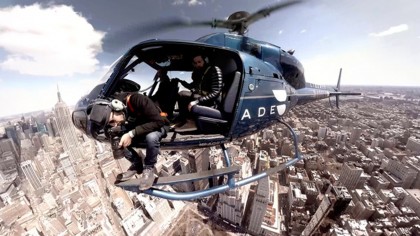
Within
Free
Within isn’t so much a VR experience as a platform for VR experiences, and it’s aiming much higher than the usual bits of VR shovelware. Recent releases include Tokyo Light Odyssey, a heavily stylized and deeply immersive ambient cityscape; Dolphin Man, which unfortunately for us isn’t a superhero film but a serious and beautiful undersea scene; Asteroids, a Sundance-wowing animation from the director of Madagascar; and Look But With Love, a journey into Pakistan’s land of Sindh and its music and poetry.
Some of it’s a bit worthy for our tastes, but with a collection ranging from U2 performing in 360-degrees to documentaries about Amazonian deforestation there’s an ambition here that’s lacking from some of the other VR champions. That’s reflected in the range of organisations that have partnered with it: world-famous newspapers, brands such as Sony and Samsung and content studios such as Universal and NBC.


NYT VR
Free
You don’t tend to think of newspapers as being at the cutting edge of tech but from the internet to social media news brands have often been among the first to wonder to what uses new technology can be put. The NYT is no exception and here it’s experimenting with VR as another way to tell stories.
Don’t expect a newspaper-style publishing cycle – new videos are uploaded “every month or so” – but this is a case of quality over quantity with high production values, superb storytelling and award-winning content. Recent examples include being embedded with Iraqi forces fighting ISIS in Fallujah, climbing the spire of the World Trade Center with professional mountaineer Jimmy Chin and the chance to explore the faraway wastes of Pluto.
The NYT has rightly focused on “places you can’t normally go”, enabling you not just to read and hear about those places but to experience them yourself. It’s very impressive.

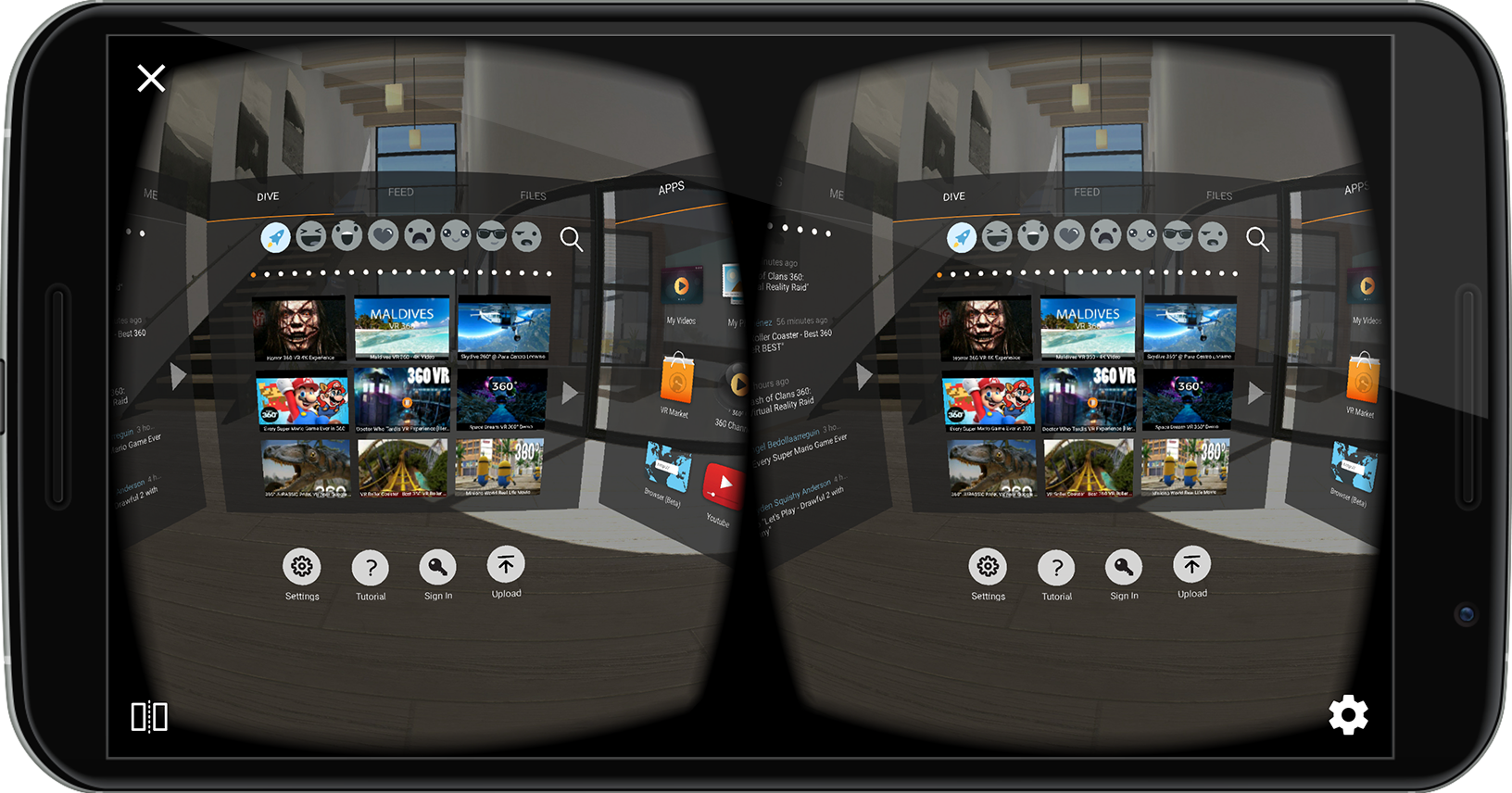
Fulldive VR
Free
Designed for Google Cardboard, Fulldive VR describes itself as a “social all-in-one VR platform”: it’s effectively an attempt to make a specific YouTube for VR content, with all content uploaded by users and available for sharing, commenting on and interacting with. The main draw here is the massive library of 360-degree videos, but it’s a decent front-end for a wide range of other content providers such as YouTube.
It also includes a VR video player that you can use to pretend your own videos are being shown in a movie theater, with similar features for your photo library and internet browsing. The latter’s a gimmick rather than anything useful: if you’ve ever tried using the web browser on a PlayStation you’ll know exactly what we’re talking about.
We think Fulldive’s best suited to those times when you want to watch something but you don’t know what you want to watch: because it draws from multiple sources as well as its own users, it’s a good way to stumble on interesting VR content.


Discovery VR
Free
Let’s face it. You and me, we’re nothing but mammals, so let’s do VR like they do on the Discovery Channel. The Discovery VR app comes from the same people who brought you Shark Week, Week of Sharks, Seven Days of Shark and many other shark-related programmes, and naturally that means you’ll be able to see sharks in the channels VR app too.
Not only that but you can experience the odd bit of content that doesn’t include sharks at all, such as Samurai sword fights, Dublin street dancing, and rhino rescues. There’s even footage of rollercoasters. Rollercoasters! Imagine finding them in a VR app!
The app is pretty much what you’d expect from a big brand, with nice design, good quality video and a good selection of content. There’s also an offline mode so you don’t need to stream in areas you can’t get a signal.

The Guardian VR
Free
Following in the footsteps of the New York Times, the Guardian’s VR app “fuses journalism with innovative storytelling” - and so far unlike the newspaper’s normal app it doesn’t ask you for money every 30 seconds.
The app, which has been developed for Google Cardboard, promises a range of content including virtual tours of far-off places and interactive experiences such as the harrowing 6x9, which enables you to experience what it’s like to be in solitary confinement.
6x9 is also available on YouTube, but it’s the immersion of VR that really makes it hit home: the stories you’ll hear and the facts displayed on the cell walls are all the more powerful when you’re actually in the cell and not just watching it from afar. We’re hoping the Guardian’s initial enthusiasm for VR doesn’t wear off, as this has the potential to be a very interesting use of Virtual Reality.


InCell VR
Free
In the famous film Fantastic Voyage, a team of scientists were shrunk down so they could explore the insides of the human body in a little submarine. Now you can do the same without any scientists, and unlike in the film you’re not going to be pummelled by platelets or beaten by blood cells or see your submarine smashed to bits. Primarily because you don’t have a submarine.
We’ve included this as an app although technically it’s a game because it’s not really much of a game and it’s quite a good science app: it takes place inside a virtual model of the human body, and as you race around the place collecting points you get to learn the different components of the cell. It plays rather like Wipeout, but with microbiology instead of hovering space cars and with levels called things like ‘Mitochondrion’. That, of course, is a double-membrane-bound organelle found in most eukaryotic organisms.

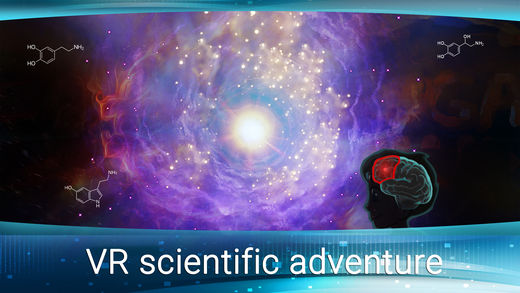
InMind 2 VR
Free
Like InCell, InMind is billed as a game but it’s quite educational too. It all takes place inside the brain of a teenager called John, and as John experiences different emotions you can see how the various chemicals combine to create and communicate those moods. If that sounds a bit worthy… well… it is.
John appears to be quite spectacularly dull and there are a couple of wrong notes such as John imagining having a whole bunch of guns "to protect the country from its hidden enemies", which makes you wonder if his future involves going up a watchtower with an AK-47. However, the in-brain stuff is genuinely thrilling as neurotransmitters ping and tendrils pulse like plants in some kind of bizarre alien space forest.
Visually it’s often very beautiful, and we’d be quite happy to have the gameplay elements and voiceover removed so we could simply float around in John’s brain juice. Which sounds bad, we know.

War of Words VR
Free
War of Words is really something. Designed for the usual range of VR headsets, the first BBC VR app takes Siegfried Sassoon’s poem The Kiss and transports you to The Somme during the First World War.
The app enables you to follow the path of a rifle bullet, leading to the second part of the poem where you’ll discover what “the kiss” of the title really is. It’s very moving and a vivid illustration of how VR can be used to shed new light on familiar things, and it’s interesting to see technology that’s often used to glorify war used to provide a completely different perspective.
The app was produced to promote War of Words – Soldier-poets of The Somme, a BBC documentary in which other war poems were animated to equally devastating effect. Those animations are still available online (in normal video) in The Somme In Seven Poems.

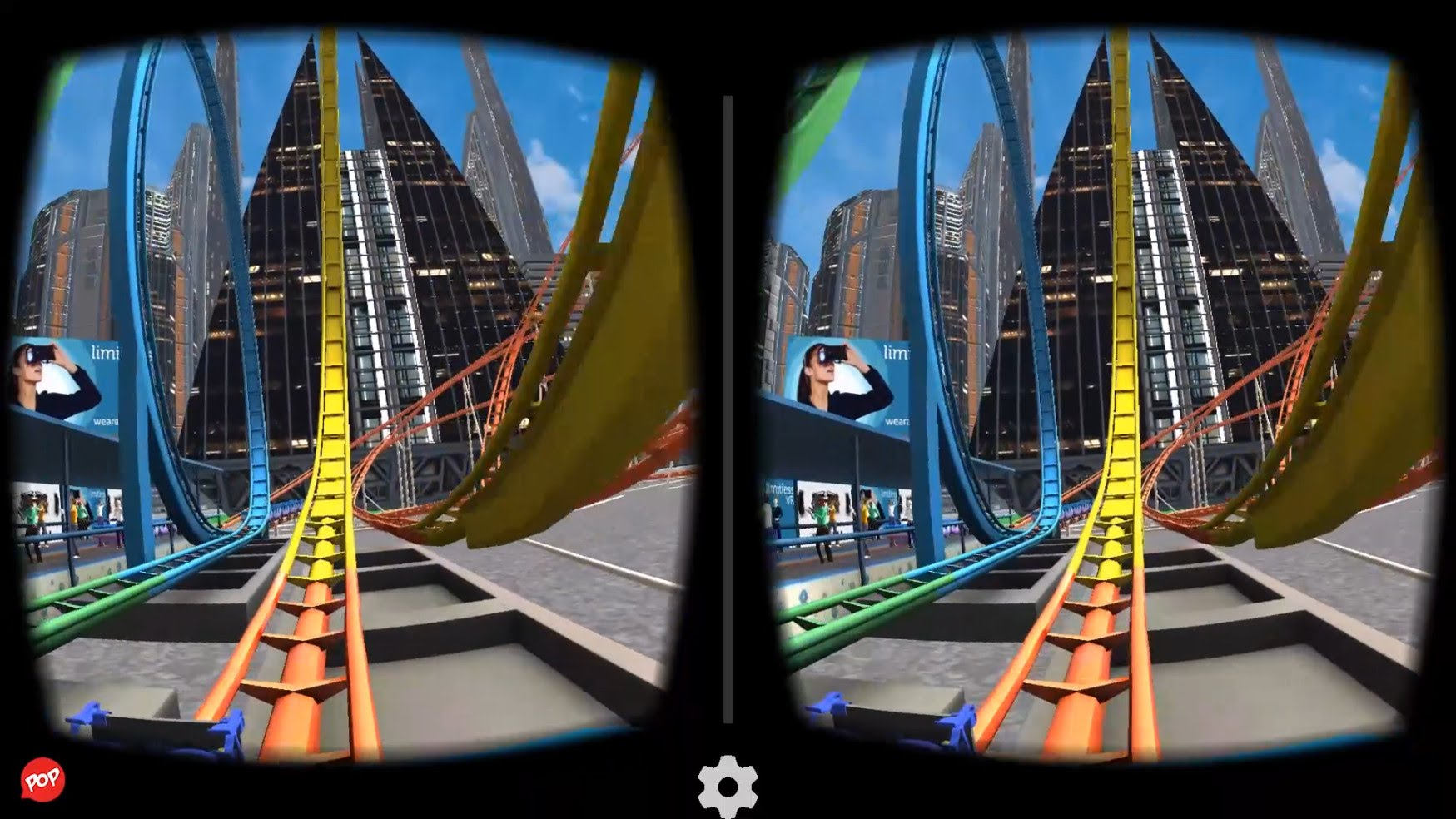
VR Roller Coaster
Free
There’s an unwritten law about virtual reality that says if a device can do it, it must have a rollercoaster app. And the iPhone has many rollercoaster apps, of which this is one of the better efforts, primarily because it doesn’t interrupt you with ads every three feet of virtual travel.
VR Roller Coaster is based in a vast, randomly generated city so it’s different every time you open the app, and the two rollercoasters it offers do everything you’d expect with steep climbs and vertiginous drops and a lot of frankly unnecessary screaming. Quite brilliantly it supports the iPad too, which is great news for that huge demographic of people with necks like tree trunks who try phone-based VR and bellow “MORE WEIGHT! I NEED MORE WEIGHT ON MY FACE!” before smashing stacks of breeze blocks with their foreheads.

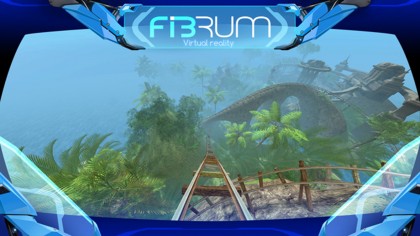
Roller Coaster VR
Free
Not to be confused with VR Roller Coaster, which as the name suggests is completely different in every single way, Roller Coaster VR brings the hitherto unexplored world of the fairground roller coaster to virtual reality. Like other roller coaster apps Roller Coaster VR promises thrills and indeed spills, but this app also promises “an incredibly emotional adventure.” We’re not convinced that it does, but it does deliver a lush, vibrant tropical landscape where you can go up, down and round and round.
It looks and is indeed described as a virtual reality game, but there’s no gameplay beyond looking at things. There’s no attempt at realism here – you half expect Lara Croft to overtake you on a mining wagon – but that’s not really the point. It’s a thrill ride and it’s good fun until the freemium bit stops and the ads take over.
Sign up for breaking news, reviews, opinion, top tech deals, and more.
Contributor
Writer, broadcaster, musician and kitchen gadget obsessive Carrie Marshall has been writing about tech since 1998, contributing sage advice and odd opinions to all kinds of magazines and websites as well as writing more than twenty books. Her latest, a love letter to music titled Small Town Joy, is on sale now. She is the singer in spectacularly obscure Glaswegian rock band Unquiet Mind.
